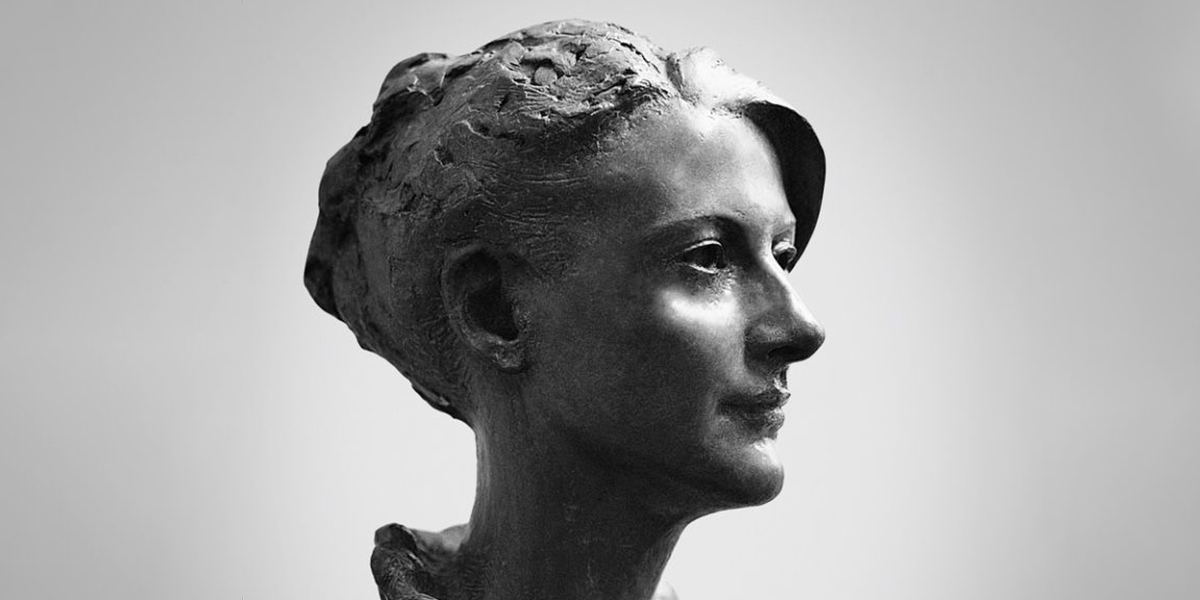
What is Nose Filler?
Nasal filling is a non-surgical nose correction procedure that has an important place in the world of facial aesthetics. This procedure is performed to correct small dimples, arches or asymmetry problems on the nose.
In what cases is nose filling applied?
The application is a non-surgical procedure and may be the preferred method of rhinoplasty in certain cases. For this process, it may be suitable for some specific situations such as:
Depressions in the Nose Bridge: If there are depressions or irregularities in the bridge of the nose, filler can fill these areas and provide a straighter appearance.
Asymmetrical Nose Structure: If the nose has a slightly asymmetrical structure, filler can be used to balance these asymmetries.
Low Nose Tip: If the nose tip is low, filler can help lift the tip of the nose.
Presence of Small Indentations: If there are small indentations or scars on the nose, filler can be used to correct these areas.
One Side Being More Sunken: If one side of the nose is more sunken than the other, filler can correct this depression.
Minor Irregularities After Surgical Rhinoplasty: If there are minor irregularities after a surgical rhinoplasty, filler can be used to correct these areas.
Aesthetic Purposes: In some cases, nose filler can be used for aesthetic purposes only, to shape the appearance of the nose in an overall more pleasing way.
The application may not be suitable for every nasal deformity. In addition, general health status, skin structure and other factors should also be taken into account. Whether the use of filler material is suitable for a particular patient is determined by the doctor’s examination and evaluation.
How is Nose Filling Done and What are the Advantages of Nose Filling?
This practice is gaining popularity as a non-surgical aesthetic correction method.
Here is a step-by-step guide about nose fillers:
- Preliminary Examination and Planning: The first step is for a specialist doctor to examine the patient and talk about his expectations. The nasal structure is evaluated in accordance with the patient’s complaints and how the procedure will be performed is planned.
- Anesthesia Application: A local anesthetic cream is applied to the area before the procedure to numb the skin. This helps prevent discomfort during the procedure.
- Filler Selection: The most commonly used filler is Hyaluronic It is acid , because this substance is natural, safe and effective.
- Injection Process: The filler is carefully injected into the areas cleaned with antiseptic solution. The doctor pays special attention to areas that need correction.
- Final Check: After the procedure is finished, the doctor can make final arrangements. At this stage, additional filler can be injected if necessary.
- Recovery: There may be slight swelling or redness after the procedure, but these usually disappear quickly. Most patients can return to their normal lives immediately after the procedure.
- Evaluation of Results: The doctor can show the results to the patient by comparing before and after photos. This helps the patient see and evaluate the effect of the procedure.
- Follow-up and Maintenance: Nasal filling is a temporary procedure, so it may need to be renewed at regular intervals. The doctor will inform you when you should come back.
This application is an attractive option for those who want to make corrections in their nose aesthetics without a surgical procedure. Discomfort during application is minimal and results are seen quickly. The success of the procedure depends on being in the hands of an experienced aesthetician, so you should carefully choose the doctor who will perform your procedure.
What should be taken into consideration after nose filling?
The application is a non-surgical aesthetic procedure, and there are some points that should be taken into consideration after the procedure in order to get a successful result:
- the nose : It is recommended not to touch the nose for at least 6 hours after the procedure. This may help the filling set.
- Avoiding Physical Activity: For the first few days, heavy exercises or contact sports that may damage the nose should be avoided.
- Beware of Heat: Exposure to high heat, such as a hot shower, steam room, or sauna, can cause the filler to dissolve prematurely. Such environments should be avoided for the first few days.
- Pay Attention to Nutrition: Alcohol, caffeine and spicy foods can increase swelling. It is best to avoid such substances in the early days.
- Sun Protection: Avoiding exposure to direct sunlight can help swelling and redness go away faster.
- Avoiding Make-up: Avoiding make-up on the nose area within the first 24 hours can reduce the risk of infection.
- Be Careful with Facial Care Products: In the early days, it is best to use soft and gentle facial care products.
- Doctor Checks: Compliance with the check dates determined after the procedure helps the procedure to heal successfully.
- Watch Out for Adverse Symptoms: If you notice pain, severe swelling, or other abnormal symptoms, you should contact your doctor immediately.
Nasal filling offers a fast and effective aesthetic correction, but there are some important points to consider after the procedure. Avoiding exposure to high heat, proper nutrition, and following the doctor’s instructions carefully can help the procedure heal successfully. Staying in close communication with your doctor and following recommended care instructions during this period can help you achieve the best results.
How Permanent Is Nose Filling?
Nasal filling is not a permanent procedure. The filler used is absorbed by the body over time, causing the effects of the procedure to decrease over time. The type of filler used can affect how long the procedure lasts. Ingredients like Hyaluronic Acid can typically last anywhere from 6 months to several years. The permanence of the procedure may vary depending on skin type, lifestyle and other individual factors. As the filler melts, reapplication can be made to maintain the desired appearance. This allows for a flexible grooming routine and helps you keep the look the way you want it. Since nose fillers are temporary, people who have difficulty adjusting to a new appearance can count on the effects of the procedure diminishing over time. To achieve ideal results and understand how long the procedure will last, it is best to consult with an experienced aesthetic doctor.





 Turkish
Turkish Français
Français Deutsch
Deutsch